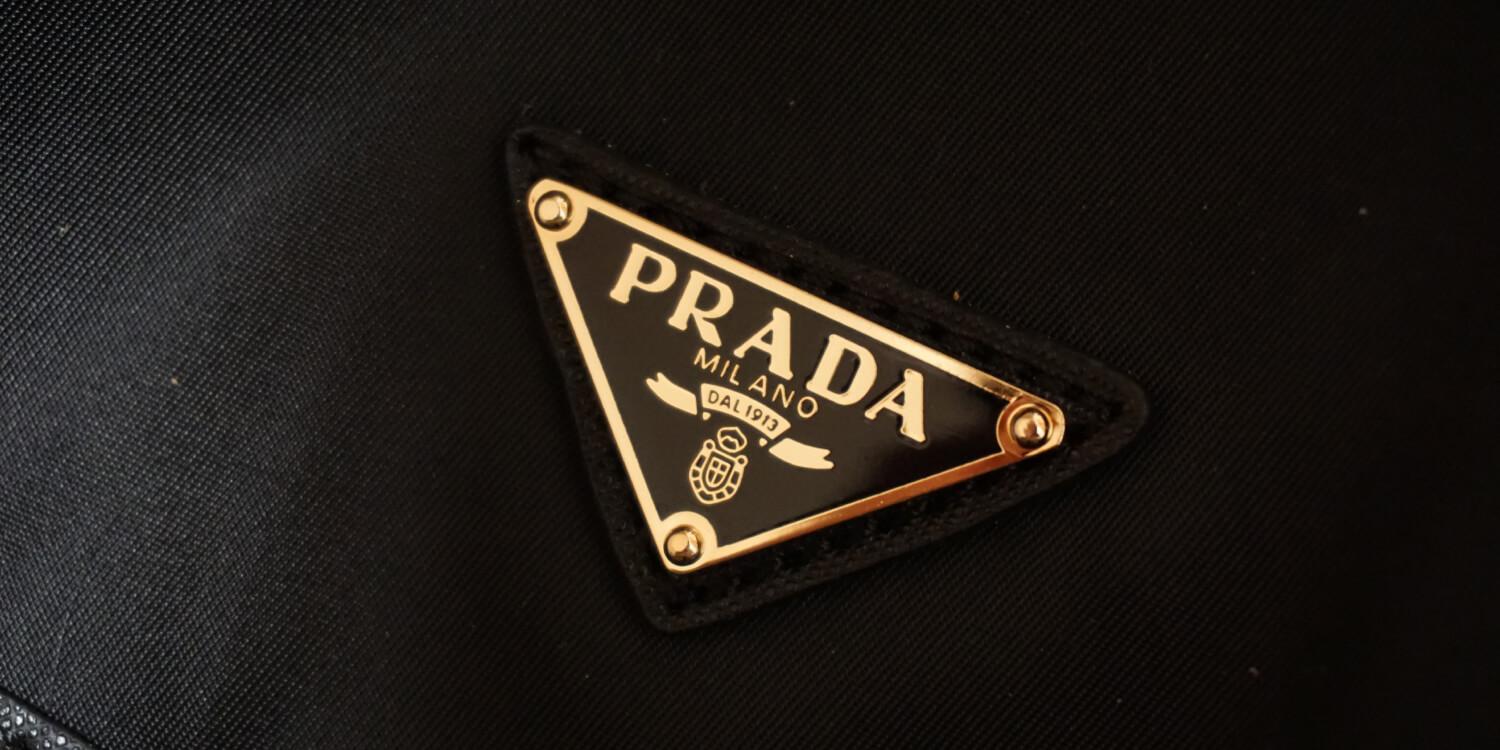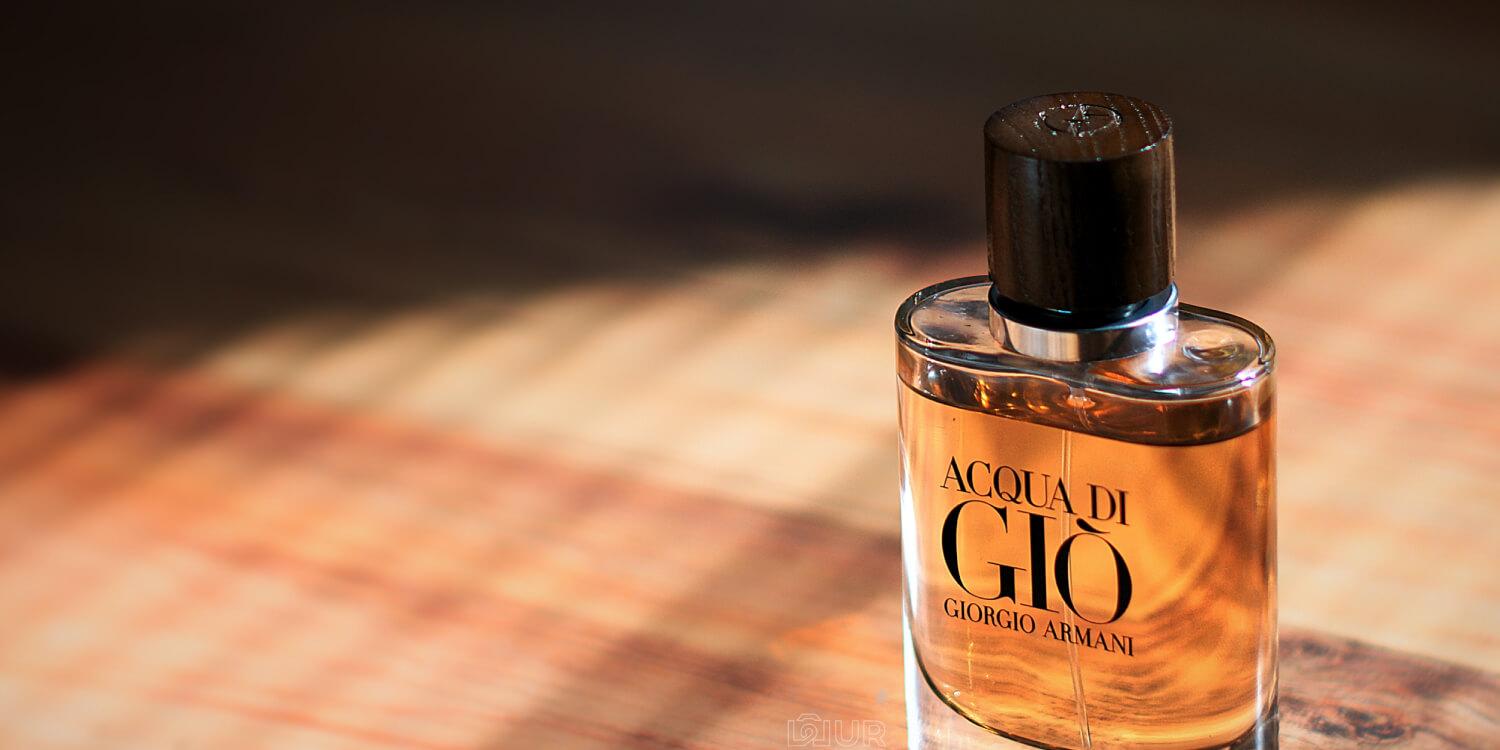
How to maximise chances of a trademark registration success?
Skill, experience and attention to detail play an essential role in mitigating the potential risks that could impede a successful trademark registration. Given the non-refundable trademark application fees, relying on a trusted expert can provide applicants with an economic benefit in addition to the peace of mind.







